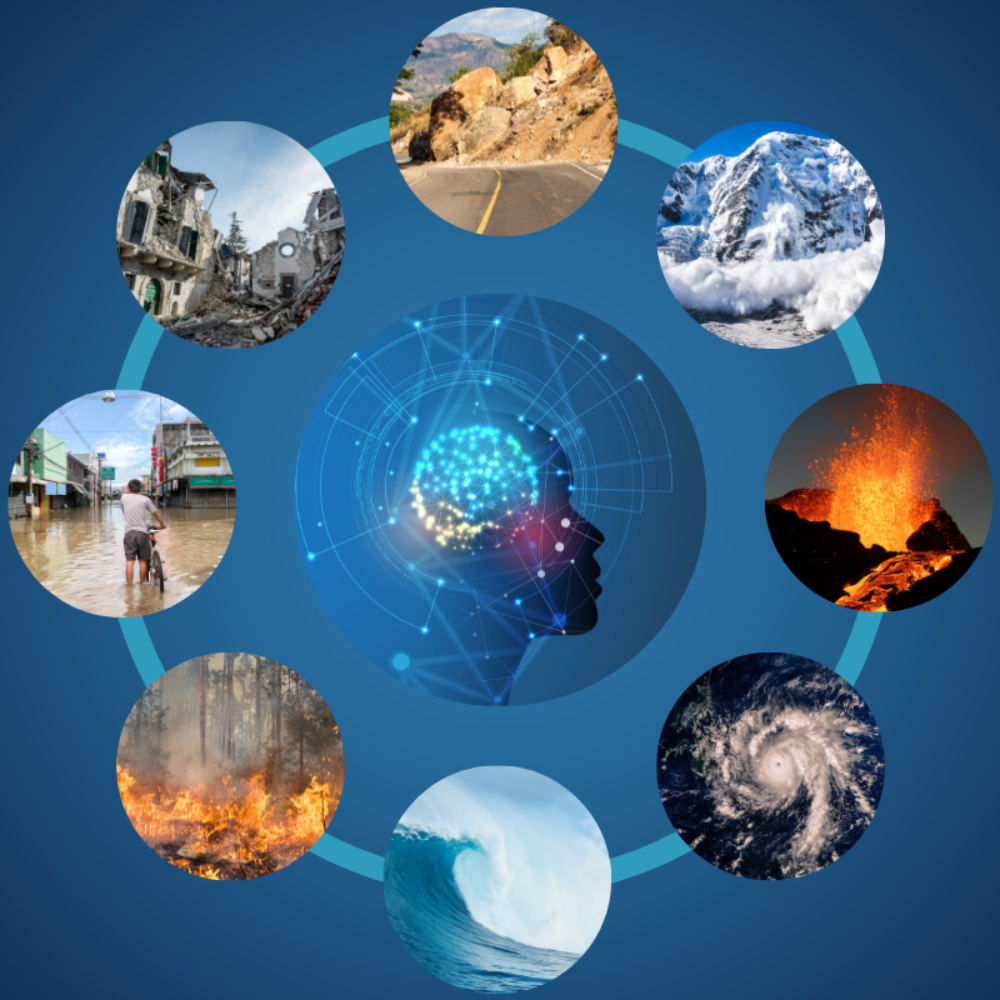Technology Play in Disaster Preparedness and Response

Technology plays a crucial role in disaster preparedness and response, offering innovative solutions to mitigate risks, coordinate emergency efforts, and enhance resilience. Here are several ways in which technology contributes to disaster preparedness and response:
Early Warning Systems: Technology enables the development and deployment of early warning systems for natural disasters such as hurricanes, earthquakes, floods, and tsunamis. These systems use sensors, satellite imagery, and data analytics to detect potential hazards, issue timely alerts, and notify affected populations, allowing them to take proactive measures to mitigate risks and evacuate safely.
Geospatial Technologies: Geographic Information Systems (GIS), remote sensing, and satellite imagery provide valuable spatial data and mapping tools for disaster risk assessment, planning, and response. These technologies help identify vulnerable areas, assess infrastructure damage, and prioritize resource allocation during emergencies.
Communication and Information Management: Technology facilitates communication and information sharing among emergency responders, government agencies, and affected communities. Mobile communication networks, social media platforms, and emergency notification apps enable real-time dissemination of critical information, instructions, and updates to residents and stakeholders.
Drones and Unmanned Aerial Vehicles (UAVs): Drones and UAVs are increasingly used in disaster response operations for damage assessment, search and rescue missions, and aerial surveillance. These aerial platforms provide valuable situational awareness, access to hard-to-reach areas, and support coordination efforts in complex emergency scenarios.
Big Data Analytics and Predictive Modeling: Big data analytics and predictive modeling techniques help forecast disaster impacts, analyze trends, and anticipate future risks. By analyzing large datasets from various sources, including social media, weather sensors, and demographic data, authorities can make data-driven decisions and allocate resources more effectively during disaster preparedness and response efforts.
Crisis Mapping and Crowdsourcing: Crisis mapping platforms and crowdsourcing initiatives enable volunteers and responders to collect, visualize, and share real-time information about disaster impacts, needs, and resources. These collaborative tools empower affected communities to participate in response efforts, coordinate grassroots initiatives, and provide assistance to those in need.
Remote Monitoring and Sensor Networks: Remote monitoring systems and sensor networks enable continuous monitoring of environmental conditions, infrastructure health, and disaster-related parameters. Internet of Things (IoT) devices, weather stations, and seismic sensors provide valuable data for early detection of hazards, infrastructure monitoring, and situational awareness in disaster-prone areas.
Resilient Infrastructure and Technology-enabled Solutions: Technology innovations such as resilient infrastructure designs, flood-resistant buildings, and disaster-resistant materials help reduce vulnerability and enhance resilience to natural disasters. Smart infrastructure systems, including resilient power grids, water management systems, and communication networks, improve response capabilities and recovery outcomes in disaster-affected areas.
Overall, technology serves as a powerful enabler for disaster preparedness and response efforts, providing tools, data, and capabilities to enhance resilience, save lives, and mitigate the impact of disasters on communities and infrastructure. Collaboration between governments, organizations, academia, and technology providers is essential to leverage technology effectively and build more resilient societies in the face of evolving disaster risks.
Thank you,